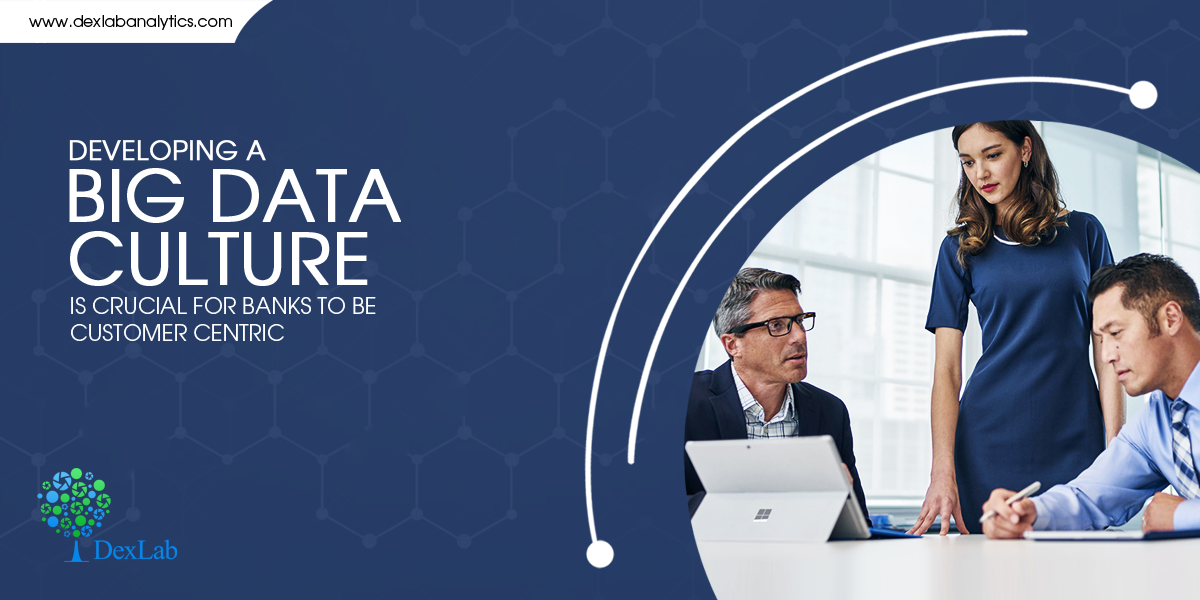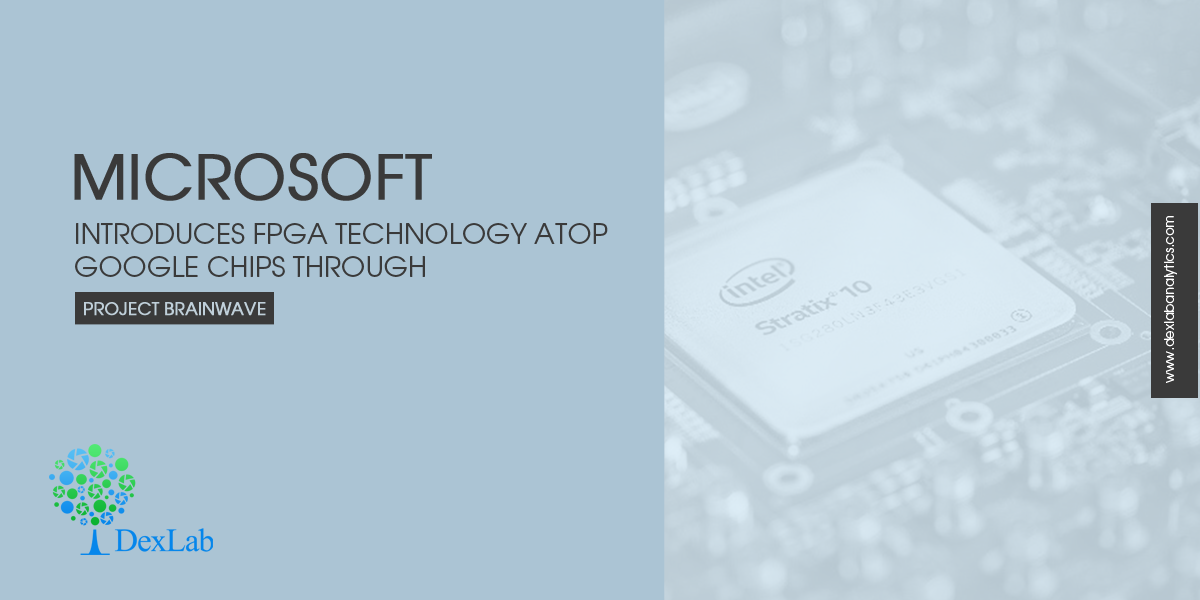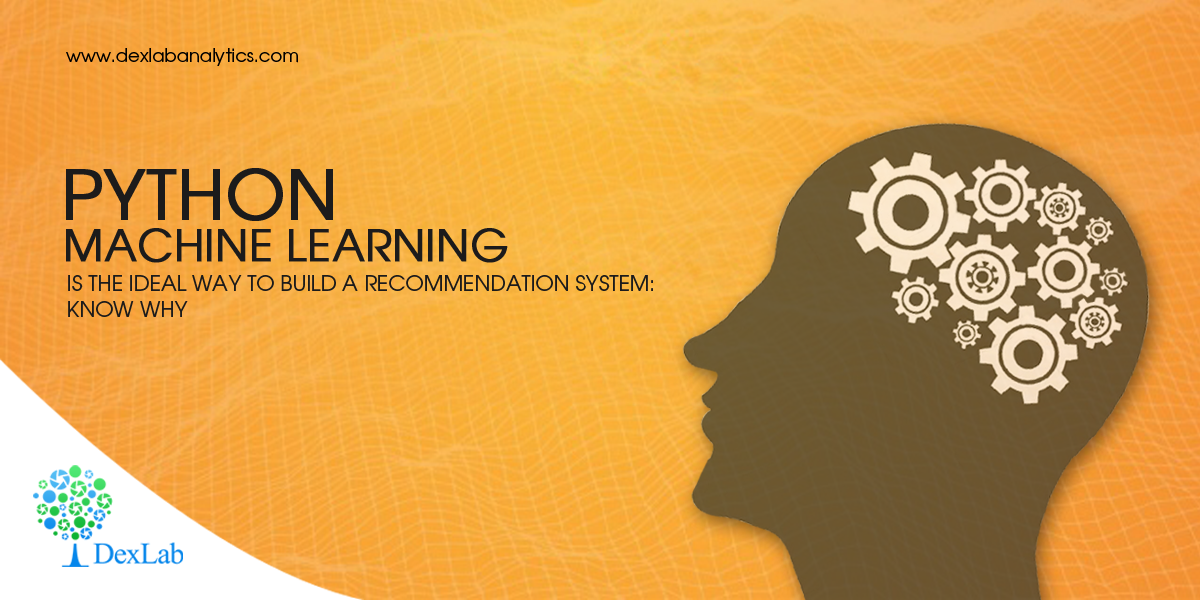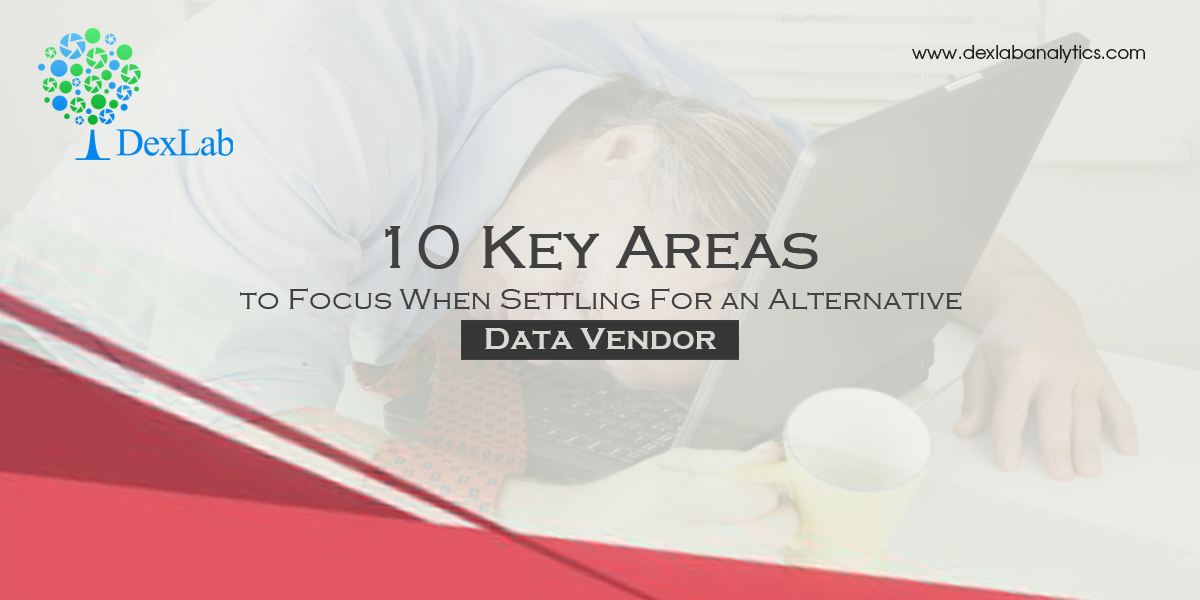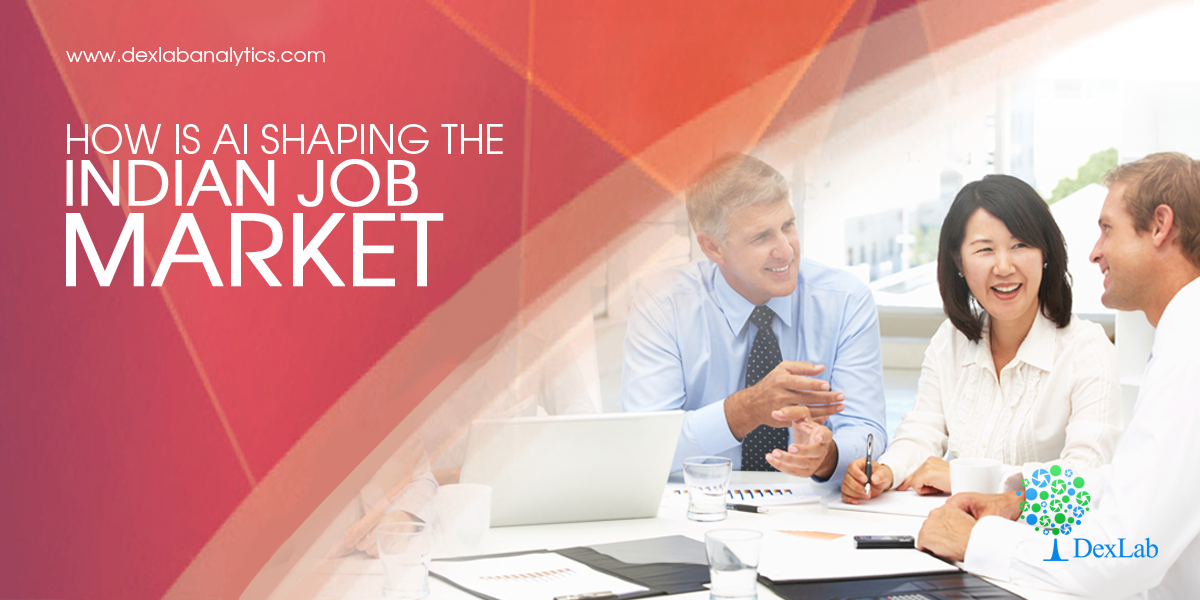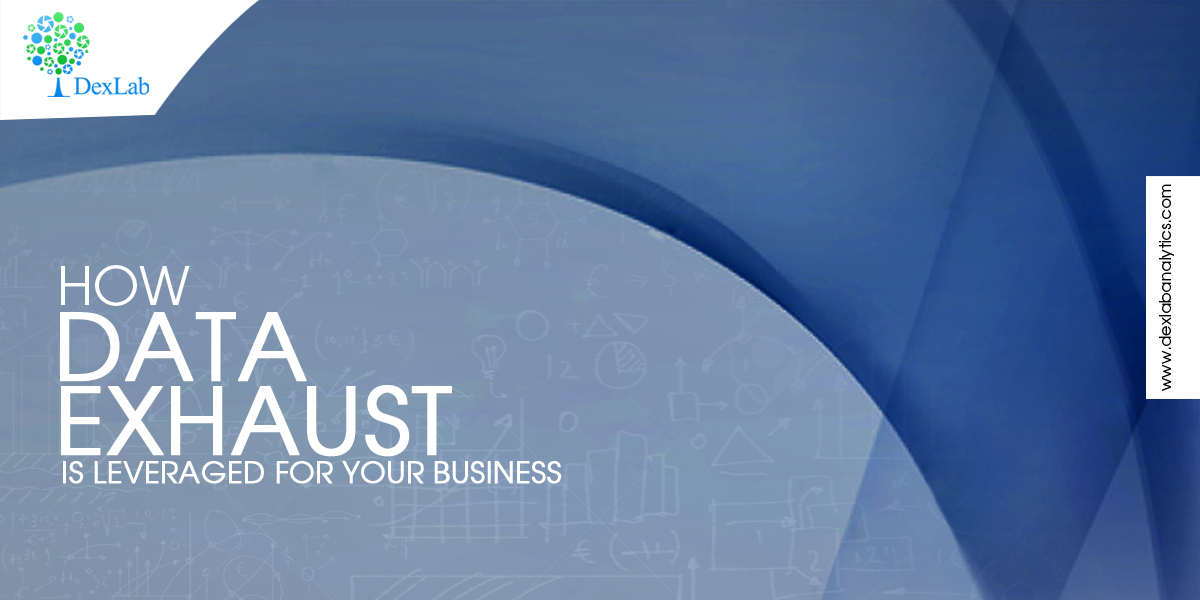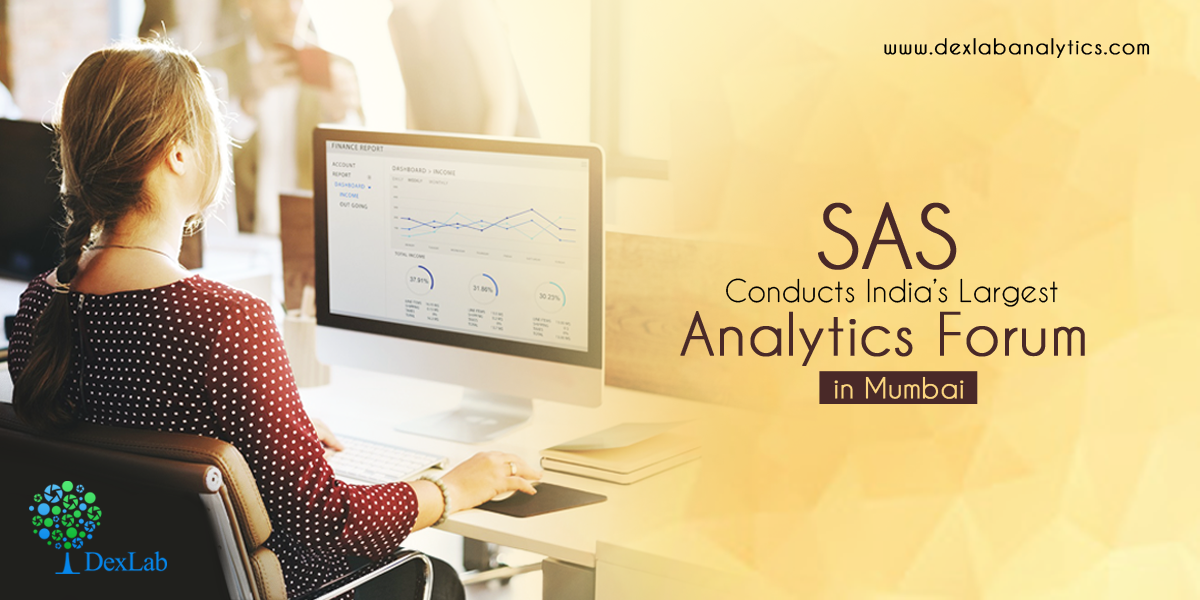
This May, India is making preparations to host the largest analytics forum in association with SAS – the top notch player in the world of business analytics. The conference on machine learning, AI, IoT, fraud management and customer experience hosted by SAS Forum India is going to be held on Tuesday, 15th May 2018 at Renaissance Mumbai Convention Centre Hotel, Mumbai.
In its eight year, SAS Forum India is a highly acclaimed knowledge sharing platform wherein business consultants, users and industry honchos come together and meet every year to share crucial knowledge and experience in regards to Analytics. It offers incredible learning and networking experience, while focusing on the imposing role of Analytics across versatile industry domains.
Data is like a new currency impacting the world around – it’s being used right from dealing with humanitarian issues to solving intricate business challenges. In this scenario, the scope of data scientists becomes limitless. They are ushered into countless opportunities to establish connection with their customers, along with developing new profound experiences in the technology world.
Rightfully so, this year’s Forum is going to talk about the latest trends in machine learning, cognitive computing, artificial intelligence, Internet of Things, fraud intelligence, risk management, IFRS9 compliance and customer experience. Industry stalwarts and thought leaders hailing from various business verticals are expected to exchange nuanced notions about each concept to set off breakthrough outcomes and bang open doors of new possibilities.
However, this year the theme is Inspire the Extraordinary, and some of the influential speakers are noted below:
- Mrutyunjay Mahapatra – Deputy Managing Director, State Bank of India
- Daniel Zeo Jimenez – Regional Research Director, IDC Asia/Pacific
- Rahul Shandilya, SVP and CIO – Customer Experience and Product Development, Mahindra & Mahindra
- Goutam Datta – Vice President – Technology – ICICI Lombard
- Mridul Sharma, CIO, IndusInd Bank
- Sudip Banerjee, CTO, Reliance Capital and many more
The summit is also going to screen live demos of diverse analytics SAS solutions, including SAS Viya, the open, next-gen and cloud-ready solutions that help tackle analytics challenges, right from experimental to mission-critical.
Commenting on the occasion, Noshin Kagalwalla, Managing Director, SAS Institute India Pvt. Ltd was found saying, “New age machine Learning & Deep Learning techniques that form the fulcrum of AI are now opening a whole new world of possibilities for businesses. At the SAS India Forum this year, we are delighted to be joined by some of the best and brightest leaders in analytics who will enlighten you on how to leverage these emerging technologies to succeed in the Analytics Economy.”
Now, as you are reading this blog we are sure you are interested in SAS certification courses. DexLab Analytics offers best SAS analytics training Delhi for aspiring candidates at decent prices. Check out the course details now!
The blog has been sourced from – http://www.dqindia.com/sas-host-indias-largest-analytics-forum-may-15-2018-mumbai
Interested in a career in Data Analyst?
To learn more about Machine Learning Using Python and Spark – click here.
To learn more about Data Analyst with Advanced excel course – click here.
To learn more about Data Analyst with SAS Course – click here.
To learn more about Data Analyst with R Course – click here.
To learn more about Big Data Course – click here.



